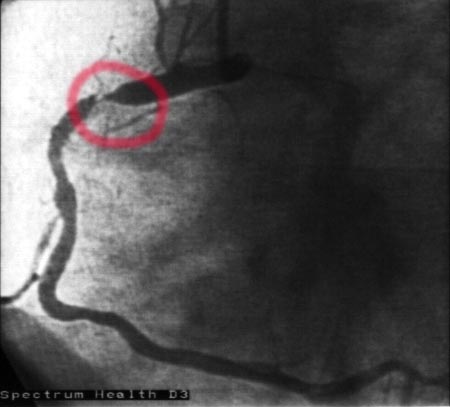
The ECG shown above was obtained from a 63-year-old man with chest pain. Clinical correlation and comparison with a prior tracing on this patient would help clarify if the findings in leads V 1 and V 2 are new or old. Recognition of acute ischemia or infarction is still challenging in the presence of RBBB, but the findings seen in leads V 1 and V 2 of this tracing in the setting of new-onset chest pain should suggest the possibility that acute infarction may be occurring. This is especially true with LBBB, since infarction Q waves are rarely written, and ST-T wave changes will often be masked by the underlying LBBB. At times, a QR rather than RSR' complex may be seen in lead V 1 with RBBB but a Q wave will usually not be seen in both leads V 1 and V 2 with RBBB unless there has been infarction.ĭetection of acute myocardial infarction is always more challenging in the presence of a conduction defect. T wave inversion in these two leads is an expected accompaniment of RBBB, but the ST segment elevation is not. In view of this patient's presentation (ie, chest pain) the most important finding on this tracing is the subtle appearance of Q waves with slight but definite ST segment coving and elevation in leads V 1 and V 2. Description of QRS morphology in this tracing might therefore better be classified as IVCD with LAD (intraventricular conduction delay with left axis deviation). However, the monophasic R wave in lead I is not consistent with RBBB, but rather with a LBBB (left bundle branch block) pattern. QRS morphology in leads V 1 and V 6 is consistent with a bifascicular block pattern of RBBB (right bundle branch block) with LAHB (left anterior hemiblock). Thus, the rhythm is atrial fibrillation with a fairly rapid ventricular response. Although there are fine undulations in the baseline, no definite P waves are seen. The rhythm is irregularly irregular at an average rate of more than 100/minute. The rhythm is irregularly irregular at an average rate of more than 100/minute. There is a lot to be concerned with on this tracing. There is a lot to be concerned with on this tracing. Bundle branch block is a condition in which theres a delay or blockage along the pathway that electrical impulses travel to make the heart beat. How would you interpret his tracing and accompanying lead II rhythm strip? What is there to worry about? Grauer is the sole proprietor of KG-EKG Press, and publisher of an ECG pocket brain book.

By Ken Grauer, MD, Professor, Department of Community Health and Family Medicine, University of Florida Dr.


 0 kommentar(er)
0 kommentar(er)
